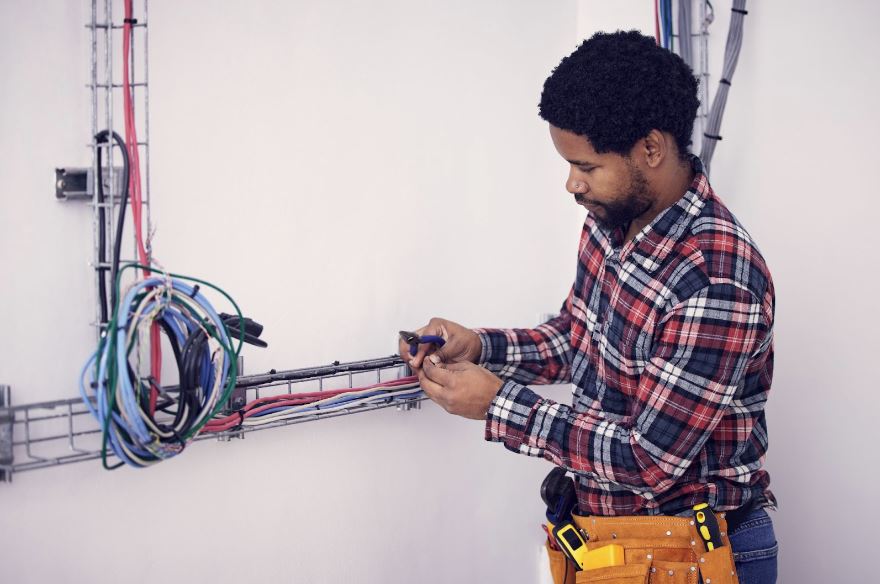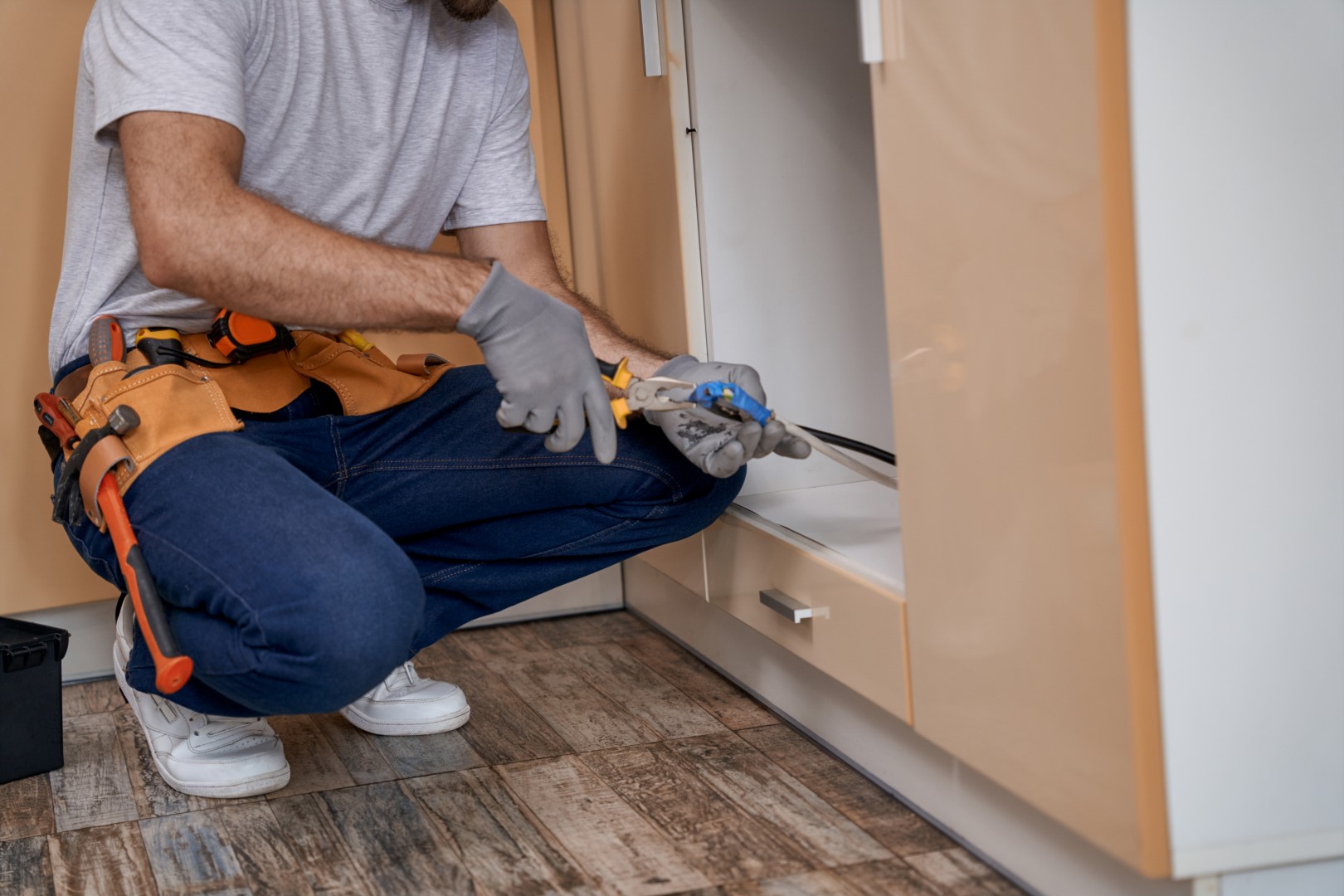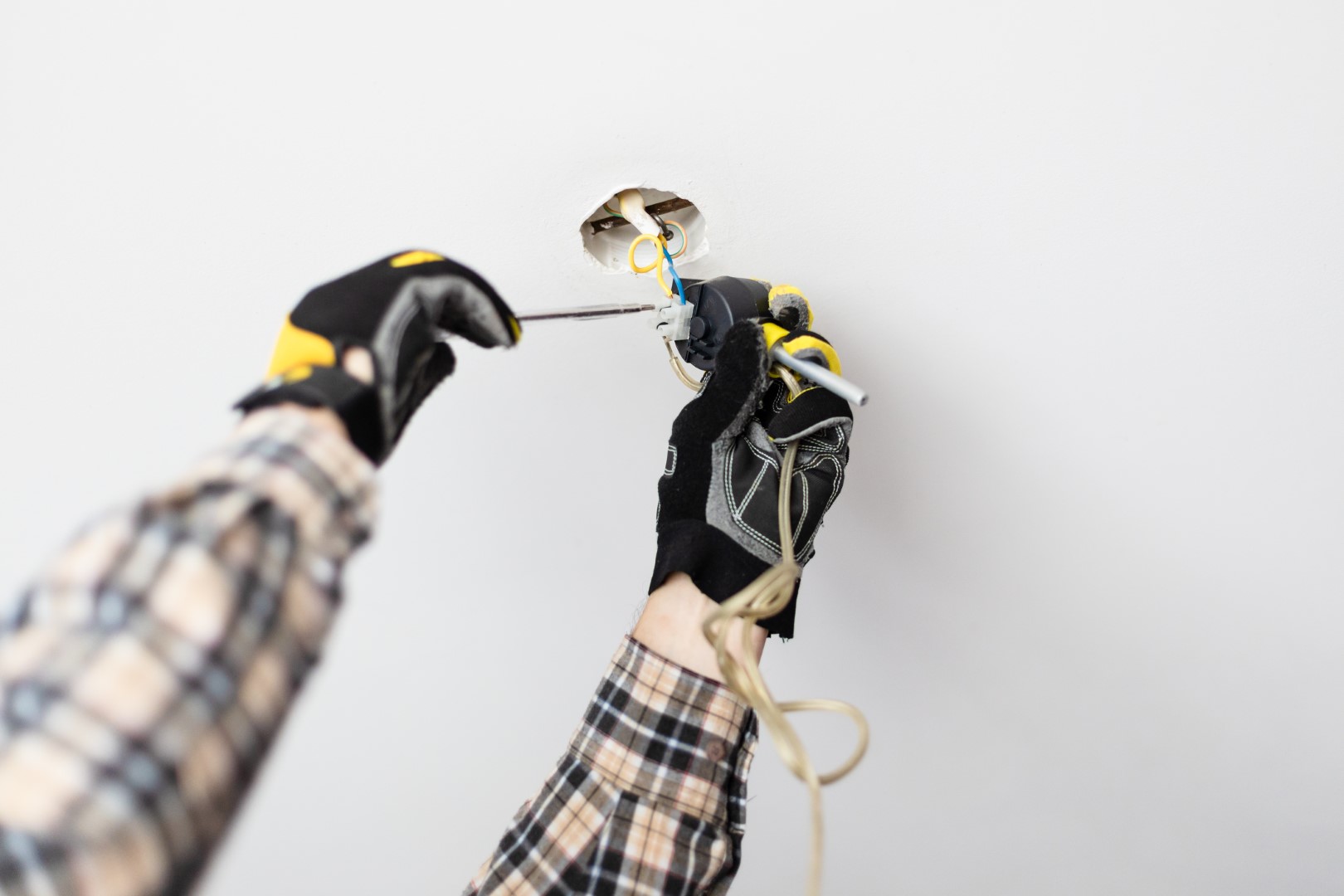Aluminum wiring was popular for electrical installations in homes built during the 1960s and 1970s. At the time, it was considered a cost-effective alternative to copper wiring, which had become more expensive. However, over the years, aluminum wiring has been found to pose several safety risks and operational challenges. Understanding these issues and how to address them is crucial for maintaining a safe and efficient electrical system in your home. This comprehensive guide will explore the common problems associated with aluminum wiring and provide detailed solutions for fixing them.
What Is Aluminum Wiring?
Aluminum wiring is an electrical wiring method that uses aluminum conductors instead of the more common copper conductors. While it conducts electricity efficiently, aluminum has different properties than copper, leading to specific issues over time. The primary concern with aluminum wiring is its tendency to expand and contract with temperature changes, which can cause loose connections and increase the risk of electrical fires.
Common Issues With Aluminum Wiring
Once a popular choice for electrical installations, aluminum wiring can present several safety and operational challenges over time. Understanding these common issues is essential for maintaining a safe and efficient electrical system in your home.
Overheating and Electrical Fires
One of the most significant issues with aluminum wiring is its tendency to overheat, which can lead to electrical fires. Aluminum expands more than copper when it gets hot. This expansion can cause the wiring to loosen at connections, such as outlets and switches. Loose connections generate heat, further degrading the wiring and increasing the fire risk.
Oxidation
Aluminum reacts with oxygen in the air to form aluminum oxide. This oxide layer is not conductive and can cause electrical resistance, leading to overheating at connections. Over time, oxidation can worsen, making connections even less reliable and more prone to failure.
Corrosion
Aluminum wiring is more susceptible to corrosion, especially when it comes into contact with certain metals, such as copper. This corrosion can weaken the wiring and create poor connections, increasing the risk of electrical faults and fires.
Brittleness
Aluminum wiring is more brittle than copper and can break more easily. This brittleness can lead to damaged wires during installation or adjustments to the wiring system. Broken wires can cause electrical shorts and increase the risk of fire.
Incompatibility With Modern Devices
Many modern electrical devices and fixtures are designed with copper wiring in mind. Using aluminum wiring with these devices can lead to compatibility issues, such as poor connections and increased resistance. This incompatibility can cause overheating and pose a safety hazard.

How to Fix Aluminum Wiring Issues
Addressing aluminum wiring issues involves several steps, from inspecting the wiring to implementing corrective measures. Here are some effective solutions for fixing common aluminum wiring problems:
Inspection and Assessment
The first step in addressing aluminum wiring issues is to have a licensed electrician thoroughly inspect your home’s electrical system. This inspection will identify areas where aluminum wiring is present and assess the condition of the wiring and connections. Look for signs of overheating, corrosion, and loose connections.
Aluminum-To-Copper Pigtailing
One effective method for addressing aluminum wiring issues is aluminum-to-copper pigtails. This wiring involves connecting a short copper wire to the existing aluminum wire at connections such as outlets, switches, and junction boxes. The copper pigtail creates a more stable connection and reduces the risk of overheating and fire. Special connectors, such as the COPALUM crimp connector or the AlumiConn connector, are used to join the aluminum and copper wires safely.
Replacing Outlets and Switches
Replacing standard outlets and switches with ones specifically rated for use with aluminum wiring can help mitigate some risks. These devices handle aluminum's unique properties and provide more reliable connections. Look for devices marked with "CO/ALR" (Copper Aluminum Revised), which indicates they are suitable for use with aluminum wiring.
Anti-Oxidant Compound
Applying an anti-oxidant compound to aluminum wire connections can help prevent oxidation and improve conductivity. The compound is applied to the bare aluminum wire before making connections, reducing the risk of overheating and ensuring a more stable electrical system.
Rewiring With Copper
In cases where aluminum wiring poses significant risks or has caused substantial damage, rewiring the home with copper may be the best solution. While this is a more expensive and labor-intensive option, it provides a long-term solution to aluminum wiring problems. A licensed electrician should always perform rewiring to ensure safety and compliance with electrical codes.
Regular Maintenance and Monitoring
Regular maintenance and monitoring of your electrical system can help identify and address issues before they become serious problems. Schedule periodic inspections with a licensed electrician to check for signs of wear, corrosion, and loose connections. Address any issues promptly to maintain a safe and efficient electrical system.
Educate Homeowners and Residents
Educating homeowners and residents about the potential risks of aluminum wiring and the importance of regular maintenance can help prevent issues. Encourage awareness of signs of electrical problems, such as flickering lights, warm outlets, and strange odors, and advise residents to report any concerns immediately.
Case Studies and Real-Life Examples
Real-life examples and case studies highlight the challenges and solutions associated with aluminum wiring. These scenarios provide valuable insights into how various issues have been identified and addressed effectively.

Safety Tips for Homeowners With Aluminum Wiring
If your home has aluminum wiring, it’s important to take proactive steps to ensure safety. Here are some safety tips for homeowners:
- Avoid Overloading Circuits: Do not overload circuits with too many high-wattage appliances. Spread the electrical load across multiple circuits to reduce the risk of overheating.
- Check Connections Regularly: Periodically check outlets and switches for signs of overheating, such as discoloration, warmth, or a burning smell. Address any issues immediately.
- Use the Right Light Bulbs: Ensure that light bulbs used in fixtures are within the recommended wattage limits. Using bulbs with higher wattage than recommended can cause overheating.
- Be Cautious With DIY Repairs: Avoid making DIY repairs to aluminum wiring unless you have the necessary expertise. Incorrect repairs can exacerbate issues and increase safety risks.
- Hire Qualified Electricians: Always hire licensed electricians with experience in handling aluminum wiring. They have the knowledge and tools to address issues safely and effectively.
- Educate Yourself: Learn about the specific challenges and risks associated with aluminum wiring. Understanding the potential issues can help you take appropriate preventive measures.
Ensuring Safety and Efficiency With Aluminum Wiring
While aluminum wiring was a popular choice in the past, it now poses several safety risks and operational challenges. Overheating, oxidation, corrosion, brittleness, and incompatibility with modern devices are common issues associated with aluminum wiring. Addressing these issues is crucial for maintaining a safe and efficient electrical system in your home.
Effective solutions include conducting thorough inspections, implementing aluminum-to-copper pigtailing, replacing outdated outlets and switches, applying anti-oxidant compounds, and, sometimes, rewiring with copper. Regular maintenance and monitoring can prevent issues and ensure the safety of your electrical system.
For more detailed information on aluminum wiring issues and solutions, visit our GC Electrical Service Inc. blog.


